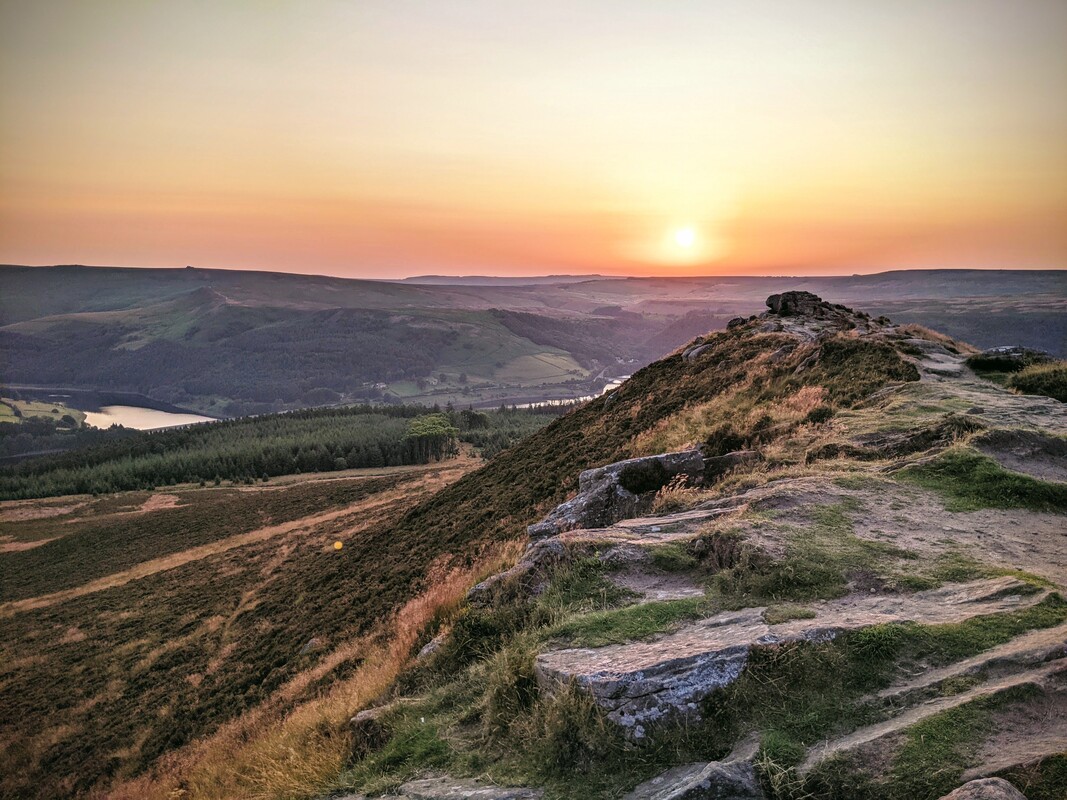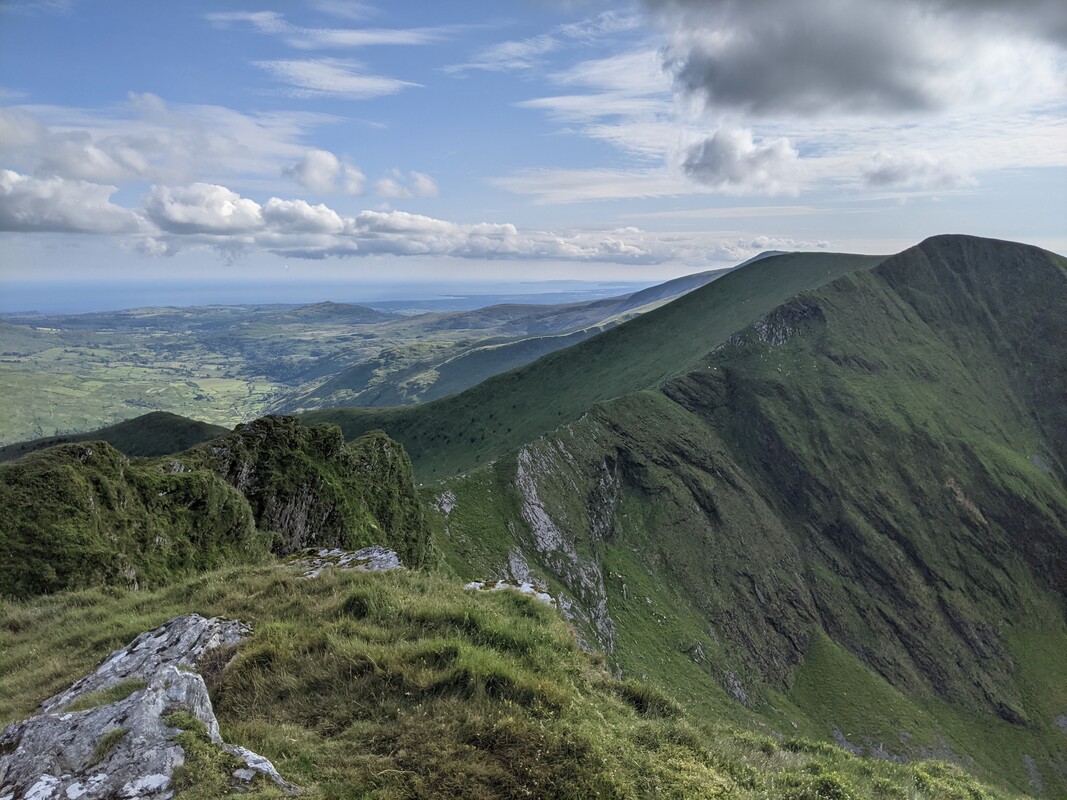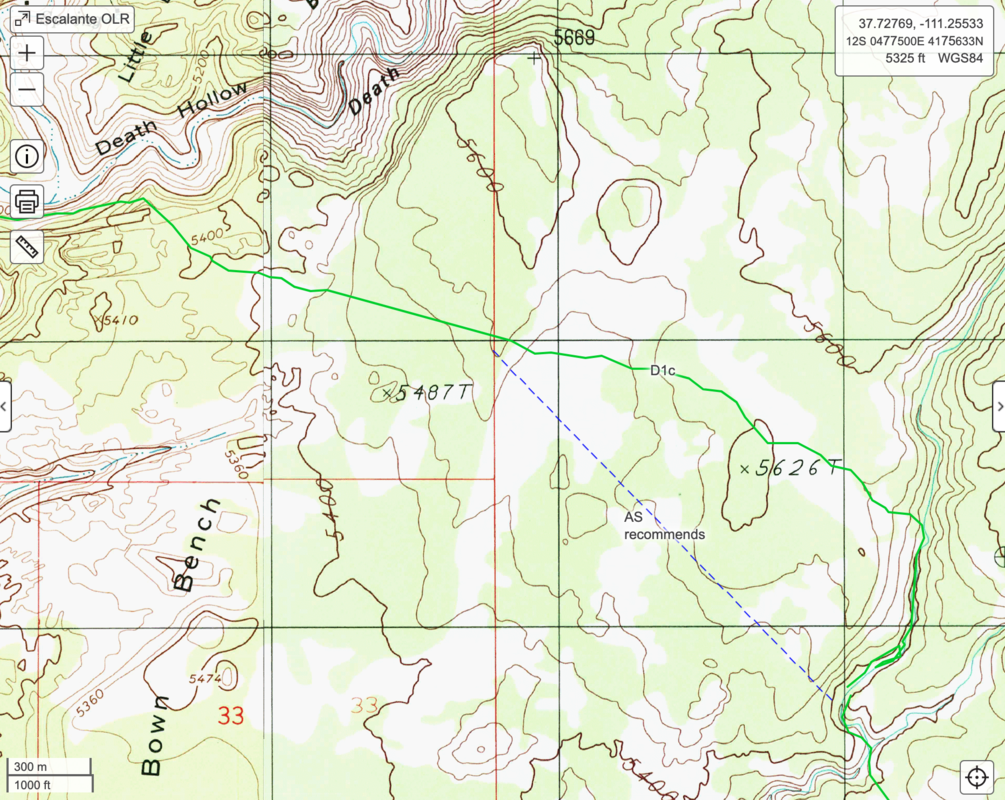Mike Jones, Regional Editor for the United Kingdom, provides thorough instructions for submitting a new Route - thank you Mike!
OVERALL CONTEXT
Each FKT is done on a Route that already exists on fastestknowntime.com.
Basic Guidelines are here.
To simply submit a new Route, use this form.
To simply submit an FKT, use this form.
YOUR NEW ROUTE
Are you aware of a fantastic route that you think would be appropriate to be included on fastestknowntime.com? This could be a special route that you’ve created, or one that is well known in your local area. Read this step-by-step guide to find out the answers to these questions - - -
A) What constitutes a great route?
B) What information is needed to establish a route?
C) How to submit a route?
A) What constitutes a great route?
This is clearly a subjective question. Ultimately, we are looking for routes that other athletes will want to try as well. Not all routes that are submitted are approved for inclusion. The summary below is some of the criteria for route eligibility; you are encouraged to read the guidelines as well.
Routes that will usually be accepted:
- Routes that have already been clearly established; especially if they have a website, or are widely popular already
- A new route that is special, for example, that traverses a natural feature (like all the peaks in a particular area), or is of particular beauty, logic, or meaning
Routes that will not usually be accepted:
- Routes that are a race course since the fastest times are already tracked by the race
- Routes between random features, since there are too many possibilities
- Routes that are arbitrary in nature and do not follow a historical route or natural feature
Route basic requirements:
- Must be at least 5 miles long or more than 500 feet of elevation gain
- Must start and finish at a trailhead, not at a trail junction (except summit finishes)

B) What information is needed to establish a route?
1) Check our routes page to see if your route is already included. You can either use the map tool, or the search box.
2) Establish the precise location for the Start and Finish (which may be the same in the case of a looped course). Why’s this important? Because in order to maintain a ‘level playing field’, other athletes will need to know exactly where to start and stop.
3) Describe where the routes goes. This should be done verbally; adding a visual map helps. A .gpx file is required (unless it is an “Open Course”, meaning athletes are not required to follow a particular path, only to start and finish at the specified location, and sometimes to arrive at designated points such as summits).
GPX Tips: The .gpx file is crucial as it will show the exact route others will be taking. Please ensure the file you submit is of high quality; some .gpx files you’ll find online are poor quality and don’t have enough points to show the route accurately. You can use a number of free online tools to view a file if you’d like to check one that you have found. If you can’t find a good .gpx file, please create one yourself. You don’t need a degree in software engineering to do this! Here are some ideas:
- Walk or run the route with your running watch or device, and download the file from the device (this is the easiest method). There is lots of guidance for this online, for example from Garmin and Strava.
- Use a third-party website to create a GPX. Some of these are premium services but work very well with topo maps, for example:
- Create a route on Strava and export it as a GPX file
- Use Caltopo or Gaia (popular in North America, applicable around the world)
- Outdoor Active
- Ordnance Survey (UK specific)
4) Determine the length in miles or kilometres, and the vertical gain in feet or metres when you submit your route (don’t get metric and imperial mixed up). If you don’t know the route, an online GPX viewer should give you the info you need.
5) Gather some images for your route. Try to include some images that show the beauty of your route, ideally those that you’ve taken yourself. If you use other images, make sure you’re permitted to use them.
Remember, you’re trying to make your route stand out and demonstrate how it is one that other athletes would love to try as well. Do you love this route? Show us why!

C) How to submit the route
When you have done your research and ready to submit your route, head to our submit page.
- Give your route a descriptive name that indicates what the route is. For routes already established elsewhere, use the name currently in use.
- Select the route location
- Upload your GPX file
- Type in the route length and vertical gain
- Upload the images
- Write a route description (see notes below)
Your Route Description should include why the route is special, and should make sense to someone not from the local area. If any special local rules apply, please insert these here. Here are some information to include:
- What are the precise descriptions for the start and finish locations?
- What resources are available to someone considering the route? Please include links to websites, particularly in cases where the route has been established elsewhere already.
- Is the route linear, or looped?
- Is it necessary to follow the route GPX precisely, or instead is the route an Open Course where the objective is to visit points (perhaps summits) in a particular order? If so, what are the names and details of the points to be visited? Is the order important or up to the runner?
Once you’ve submitted your route, our team of regional editors will review your submission. If they have any follow-up questions, they’ll get back to you by email. Please give them a few days - they are all volunteers with other jobs. There may be a reason why your route is unsuitable for inclusion, but if it follows the guidelines, it will be approved.
Thank you for your interest. We look forward to seeing the wonderful new route you submit!


Comments
Dear FKT team,
Thank you for these valuable guidelines, but it's still not clear to me how to add a new "Route variation". If the mountain and similar route is already registered (say "Mt. Kenya"), should I create a new route which is also called Kilimanjaro and add the name of the variation in it? Or should I request to you separately to add a new tab specifying the variation within the already created "Mt. Kenya" route? The routes I want to upload are different, but are closely related to the ones already created, that's why I don't know what's best. For example: https://fastestknowntime.com/route/mt-kenya-kenya. I wanted to include here my 3-route challenge (and some others).
Thanks a lot!
- Patrick Scheel
Patrick,
I usually directly email the regional editor for the route that a variation is warranted on. First, I make sure my desired variation isn't just derivative, or a slower variation of an already good thing, and that it would be something other would want to contest. I try to make sure it is a meaningful representation of the area. Sometimes this is obvious, other times it involves contacting local groups or simply creating a chat of other more experienced FKT athletes who I run my idea past to make sure it is something they would also think is "rad, cool, or worthy" - often in the form of "I am going to come take that FKT from you as soon as you do it"
By way of example: I suppose we can reference the Flatirons Linkups in Boulder which presents multiple tabs of multi-route linkups - while still having separate route pages for each individual Flatiron FKT - see: 1st, 2nd, 3rd, 4th, The Slab
I think you will need to have a conversation with your region's editor. Like the ones above, there are examples of link-up routes being accepted, but you want to think about why yours is "the" most desirable one. You would want a community of knowledgeable people to agree on that. Otherwise, why wouldn't someone else just pick a different assortment of named routes on the peak and submit that too. Peter Bakwin told me "FKTs are like art, you know it when you see it, you know it when you don't" - and from that I think anything we add to the FKT site should have at least a regional draw, meaning: "it is such a good aesthetic representation of the area that people would at least travel from a few towns over to contest it" ...if not even locals like the idea of the route and wouldn't repeat it, lets not put it on the site.
I can't tell you where your route lands on the continuum: future national premier route, a "dud" that locals despise, or something in-between. I wish you luck and I have had a lot of rejections and a lot of success with route ideas I have had over the last 4 years.
Hope this helps!
with stoke and gratitude,
Jason Hardrath